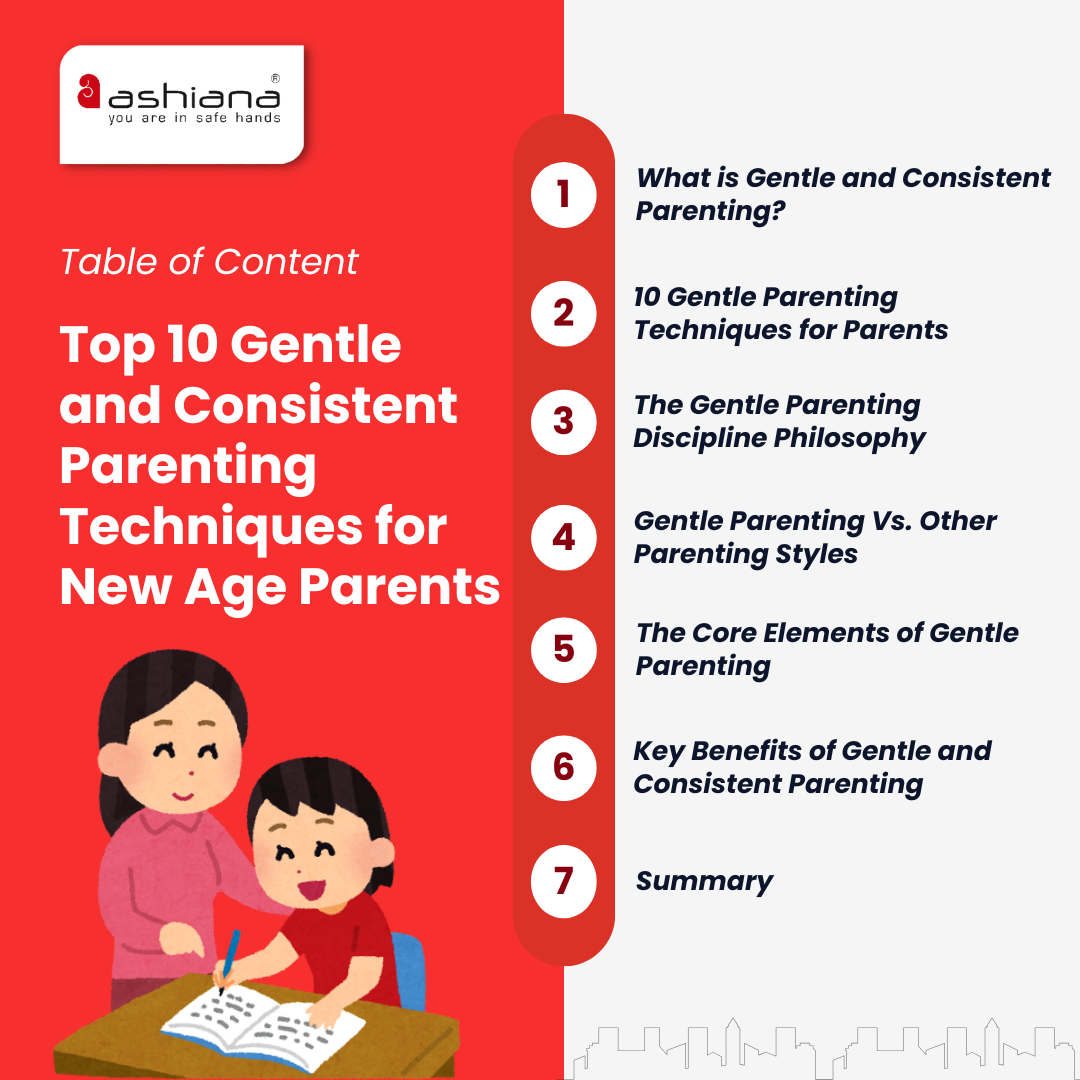

Gentle parenting aims to raise confident, independent, and happy children through empathy, respect, understanding, and healthy boundaries. This parenting style focuses largely on age-appropriate development, while traditional parenting styles focus on punishment and reward.
Children feel more secure when parents set reasonable rules and present a united front. In contrast, they may feel confused and have behavior problems if the rules differ or when parents undermine each other.
Positive parenting helps the child face non-social or social problems. Positive parenting is required for early cognitive development, emotional balance, and thought maturation. While negative, hostile parenting leads to depression and social and cultural issues.
Ashiana, Ashiana Housing build homes. Homes surrounded by vast green spaces and fresh breeze. Homes cocooned in secured gated complexes. Homes where futures are forged and there are opportunities to grow. And Homes in environments brimming with healthy activity, trust and respect. At heart, we build communities with care.
Other posts by Ashiana
Join 1000+ of fellow readers. Get expert real estate knowledge straight to your inbox absolutely free. Just enter your email address below.